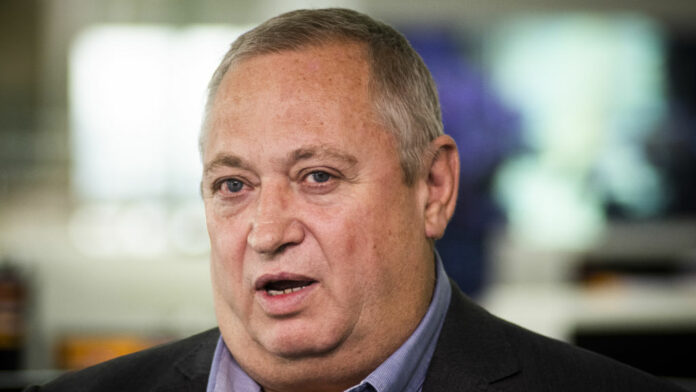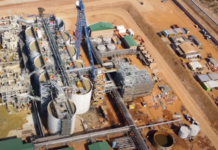
Sibanye-Stillwater’s interim headline earnings surged 19-fold to 190 SA cents per share, driven by higher prices and cost containment, and the company said it was well positioned to benefit from the recent turnaround in platinum group metals (PGM) prices and gold’s bull run.
Headline earnings of course strip out out once-off items, and R9.7-billion in impairments took the shine off its basic earnings, which showed a narrower loss compared to the same period last year of R3.6-billion.
There were no surprises, a point reflected in the company’s share price, which by mid-day on Thursday was little changed.
“Greater operational stability and good cost control at most Group operations, combined with leveraged exposure of the SA gold operations to the rand gold price has notably improved Group profitability for H1 2025,” the company said.
The gold price has been shooting the lights out, scaling a record high in April of around $3,500 an ounce – mana from heaven for producers of the precious metal.
“Despite operational challenges (at the SA gold operations) which reduced production by 13% year-on-year, adjusted EBITDA for H1 2025 increased by 118% to R4.8 billion (US$260 million) from R2.2 billion (US$117 million) for H1 2024, driven by a 36% year-on-year increase in the average received gold price to R1,802,580/kg (US$3,049/oz). This is the highest adjusted EBITDA from the SA gold operations since H2 2020,” the company said.
Sibanye has also had a lift for its US PGM operations from the US Inflation Reduction Act of the former Biden administration which extended a tax credit of 10% on operating costs to include mining and recycling.
A total credit of $285-million for 2023, 2024 and H1 of 2025 has been reaped from this, “… benefiting cost and boosting profitability for H1 2025, with associated cash payments expected in 2026.”
But what one hand gives, the other taketh away. While the credits were initially expected for the life of mine, the Trump administration has brought in changes that will see the credit phased out from 2030 to 2034 – which accounts for over R4-billion worth of Sibanye’s accounting impairments for the period.
The other big impairment relates to the company’s Keliber lithium project as the medium-term price outlook for the metal has dimmed in the face of oversupply and fading hype around battery electric vehicles.
“Gold and PGM prices have rallied further during Q3 2025, which suggests significant upside for earnings and cash flow should higher prices be maintained,” Sibanye said.
Once regarded as a dividend play, Sibanye – which started life as a Gold Fields’ spin-off – opted not to be prudent and not declare a dividend, citing “… the uncertain global economic and geo-political backdrop.”
This is Sibanye’s last set of results with founding CEO Neal Froneman at the helm, and one suspects he would have liked to pay a dividend as a parting gift. But the global economic and geo-political outlook has seldom looked more uncertain.









